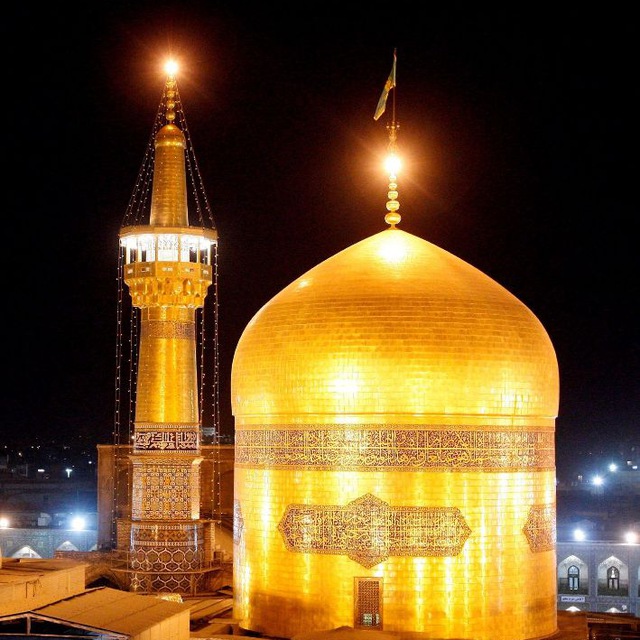Another look at the National Day of the Persian Gulf
Persian Gulf National Day is a blessed day. It shows the pride of Iranians towards the historical and ancient name of the Persian Gulf. The clear letter of Iran is this: in thousands of documents, documents, maps, inscriptions and books, the name of this sea is Pars/Persian, and it is not acceptable that some people, due to political reasons and ignorant prejudices, ignore this continuous history and give a fake name to the Persian Gulf. Anyone who is a person of science and fairness and who has not blinded his intellect by prejudice and political ambitions, will accept Iran’s logic in this matter.
Although on the National Day of the Persian Gulf, we ask the world to respect the historical background of the name of the Persian Gulf, unfortunately, we do not respect the historical background of the geographical names of our country. With any pretext, the old names of cities, villages, streets, neighborhoods, alleys, and buildings are changed. In the politicized country of Iran, politics and ideology are the most important factors in changing geographical names. Not long ago, I saw a meaningful scene in the movie “Trails of Blood”. A Kurdish soldier mentioned Kermanshah several times. A very revolutionary character in the film angrily told him: “You said Kermanshah ten times. Hey king king king king! Say Bakhtran. Changing geographic names based on political and ideological goals is not unique to the era of the Islamic Republic. During the reign of Reza Shah, there were extremes in this work. Ignorance and audacity rose so high that they changed the name of Urmia to Rezaieh. Bandar Anzali became Bandar Pahlavi and Selmas became Shahpur.
Changing some geographical names based on political purposes is inevitable in Iran. Also, some geographical names that have a disgusting meaning should be changed. But the principle is to preserve the old names. Old names should not be changed unless necessary.
Also, in changing the names of old buildings and institutions, one should be careful. The name of Sepahsalar Mosque is Sepahsalar Mosque because it was built by Haji Mirzahosein Khan Sepahsalar. If the names of such buildings are changed with the revolutions of the times, the basis of charity will be weakened. People build mosques, schools, libraries, and hospitals so that their name will last forever. If this good name does not remain, what encouragement and enthusiasm will remain for good work.
May you remember Professor Iraj Afshar. For 42 years, he lived in the dead end of “Sronaz” in Kamraniyeh, Tehran. Eid 2008 went to Nowruz trip. When he came back, he saw the dead end, “Seronaz” became “Sero”. He wrote an open letter to the then mayor of Tehran and published it in Bukhara. He wrote that there was no moral reason to change the name of the alley, nor did the people of the alley have any demands. Finally, the teacher came to the conclusion that the gentlemen must have seen a flaw in “Naz”!!
With the unaccounted and arbitrary change of geographical names, the chain of continuity of history is broken and the historical and cultural connection of future generations with renamed places becomes difficult. Many of these geographical names appear in documents and books and their replacement will cause confusion.
I wish the national day of the Persian Gulf is also a national day to respect the historical background of geographical names.
https://t.me/n00re30yah
This post is written by monese_ghamgosar
